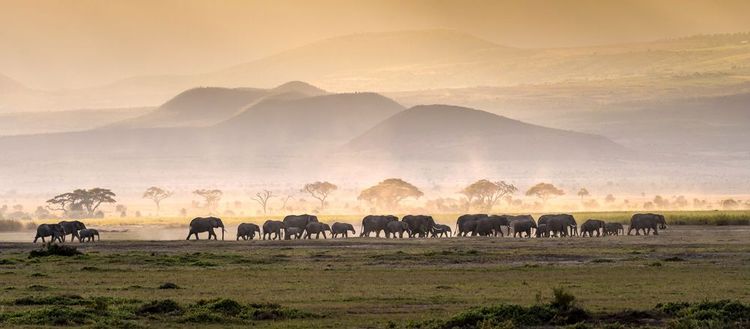The Maasai people originally lived in the Nilo-Saharan region of what is now Sudan. Over the years, they migrated southwards in search of better farmland and new grazing areas for their cattle. These migrations took them to the high plateaux of Kenya and they eventually settled on the savannah plains of Kenya and northern Tanzania. They quickly adapted to their new environment. They succeeded in following the pastoral ethic to the extreme. They have concentrated on cattle rearing because of the irregularity of rainfall in Tanzania and Kenya, and have completely abandoned cereal growing, for example. Cattle alone provide milk, blood, manure for fuel, clothing and meat. They resisted pressure from the Kenyan and Tanzanian governments to adopt a more sedentary lifestyle. But they have won the right to graze their animals freely. Notably in the Masai Mara parks in Kenya and the Serengeti in Tanzania.
The Masai are a people of semi-nomadic warrior herders who occupy the territories of East Africa. They live mainly in south-west Kenya and northern Tanzania. In fact, even though they are separated by a border, they have shared the same cultural traditions for hundreds of years. Because they are nomadic, they move freely between the two countries, but estimates are uncertain and vary according to sources. They are thought to number between 300,000 and nearly 900,000. They live in protected areas and are undoubtedly one of the best-known tribes in the world. When you visit Tanzania, you won't want to miss them. They proudly display themselves along the roads accompanied by their livestock. Combine your safari with a visit to a Masai village and you'll be sure to open your eyes to the world and its diverse cultures.
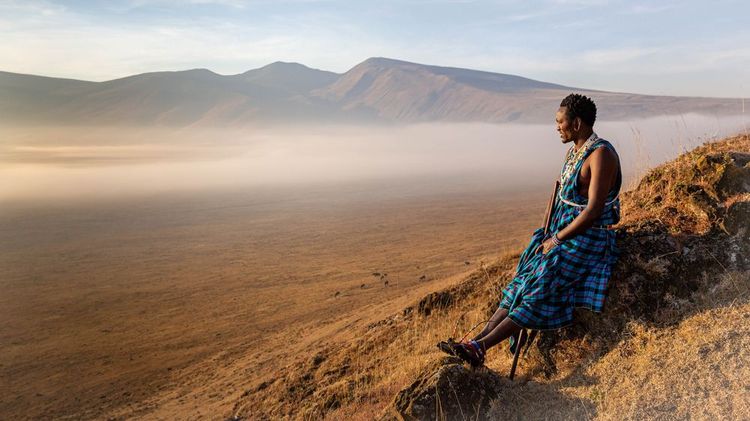
An authentic people
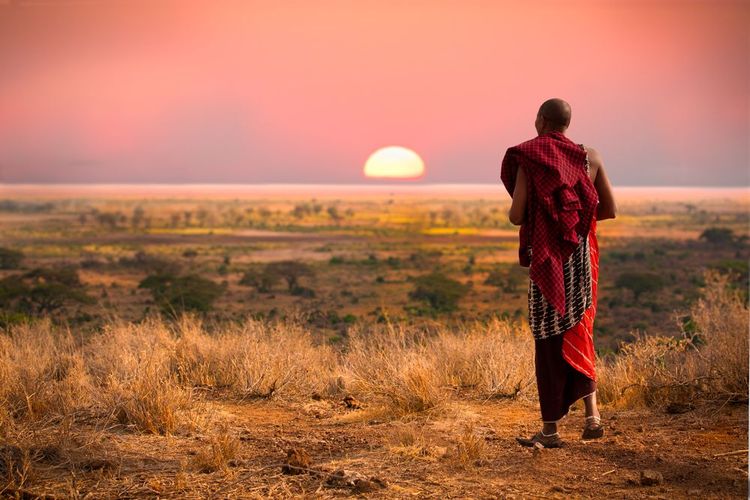
Maasai man in the Serengeti
- © jo Crebbin / ShutterstockConsidered to be in harmony with nature, their way of life generates a romantic vision of their people. They live in an unspoilt environment and are part of a remarkable ecosystem. They build their habitats in the form of small circular houses that all look the same. There is a room where guests can chat, a room for the livestock, and a main room where the fire is shared for cooking, and mats laid on the ground for sleeping. The group of houses forms a circle and is fenced off by thorny branches. At night, the animals are grouped together within this circle to protect them from predators. The group of houses forming the village is called a "boma". But when the time comes to migrate, they destroy the village completely by setting it on fire.
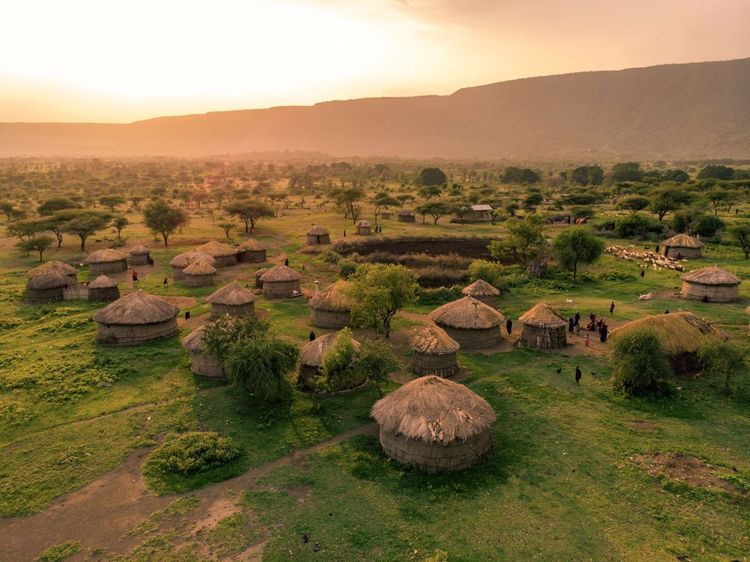
Traditional Masai village
- © Gideon Ikigai / ShutterstockThe women are responsible for building the houses and running the village, taking care of the meals, the houses, the clothes, etc., while the men are in charge of the livestock and security. Their way of life is essentially based on caring for their herds. Animals and humans are interdependent. Each family owns oxen, goats and sheep in varying numbers, which determines their level of wealth within the community. The men go out to pasture with their animals, and it is the most senior Masai warrior who leads the herd. They can occupy a territory for as long as necessary. This is a patriarchal society, with the elders making decisions for the group. They are divided into clans by age group. The elders pass on their knowledge of the animals, plants, spirituality and customs of their people to the younger ones.

Pastoral ideal
The Masai live according to the pastoral ideal. They feed mainly on the milk and blood of their animals. They manage to draw blood from young cattle without killing them. To do this, they cut them around the neck with an arrow, straight into the jugular vein. They reject all animal-based food, farming and hunting for food. They do not eat birds, fish or wild game, with the exception of elk and buffalo, which are similar to their own animals.
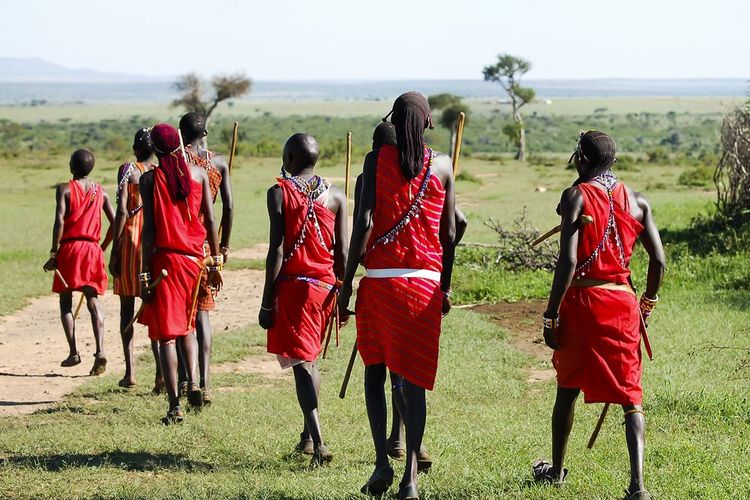
Masai people
- © Adwo / ShutterstockMeeting the Masai
Masai villages are scattered across the north of the country and across the Kenyan border. They can be found on the road to Tarangire Park or near Lake Natron to the east of the Serengeti.
Once you arrive in the village, introduce yourself to the chief and the Masai will put you up in a small camp close to the village. You will be able to explore their land on treks that you will share with them. They will show you the wild flora and fauna in which they live. For a few days, you'll be immersed in Maasai traditions as you witness their songs and dances. The women will show you around the village and the life that goes on there. But don't worry, you won't be obliged to follow their diet of milk and blood. The Masai are a very warm and authentic people. Don't hesitate to shop for Maasai handicrafts and jewellery during your visit. It costs around forty dollars per person to meet them.
